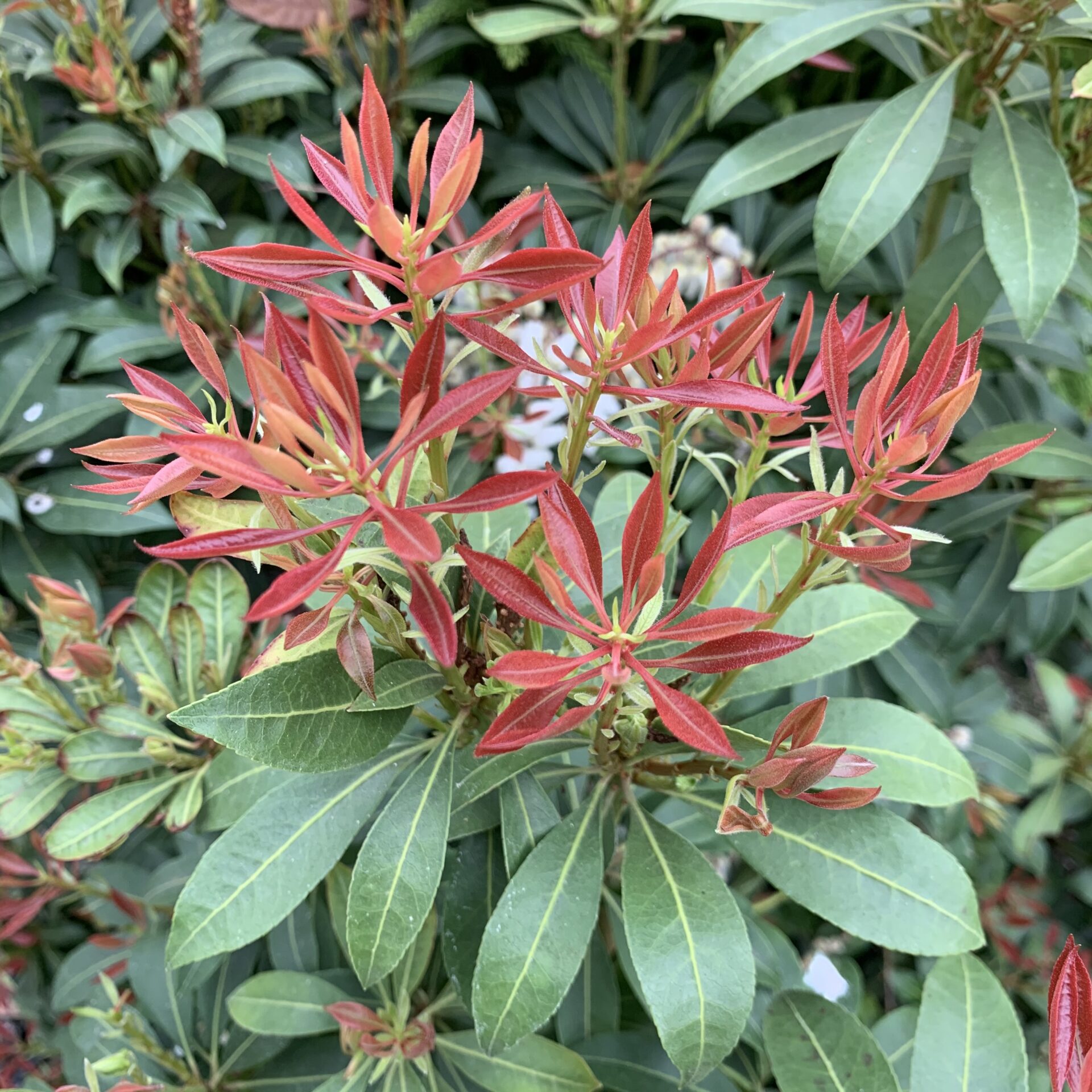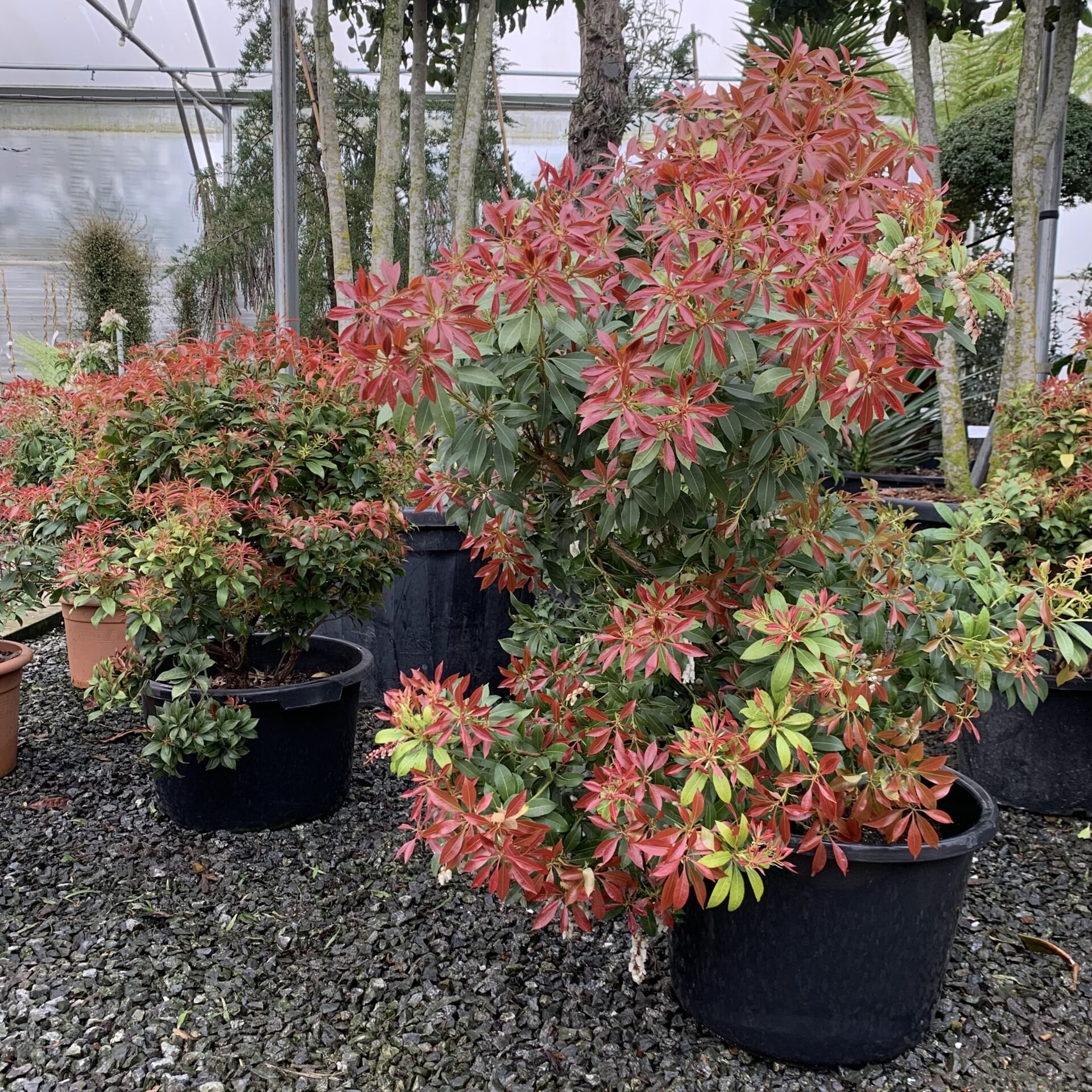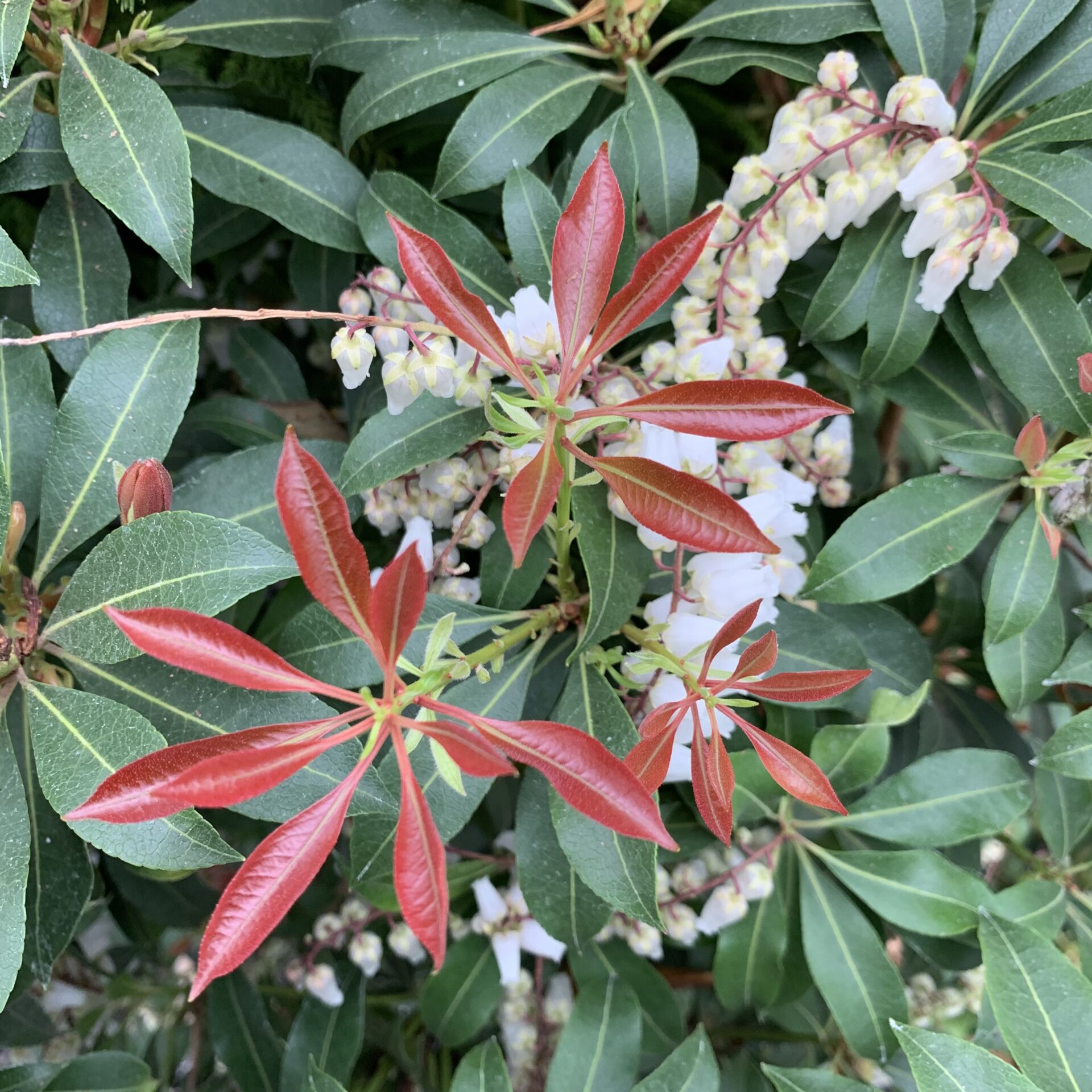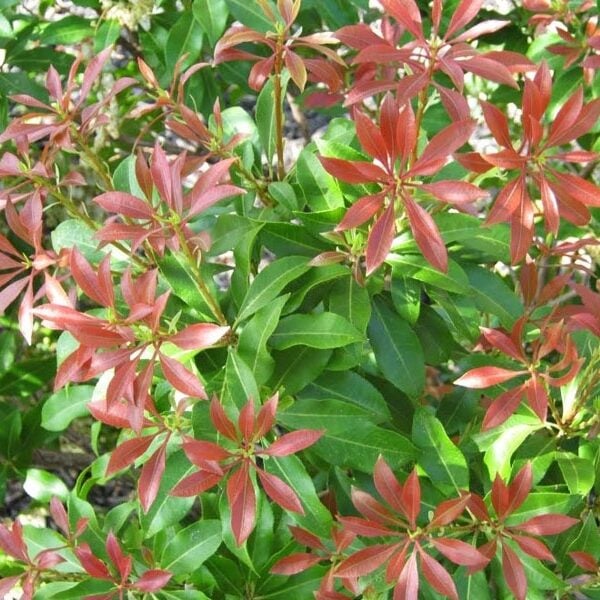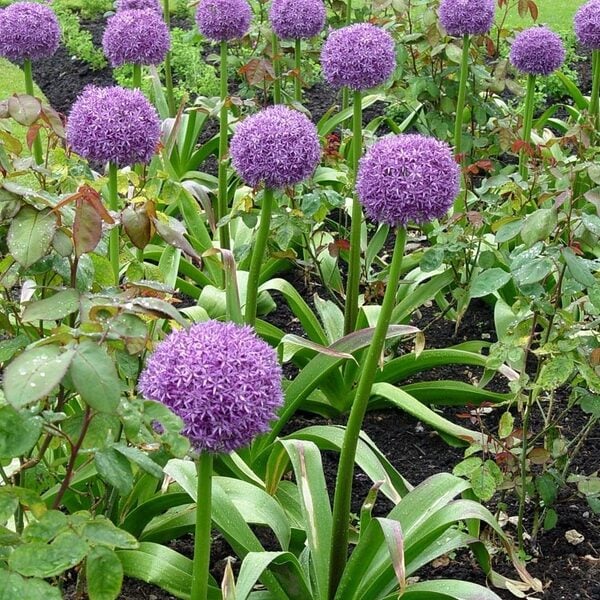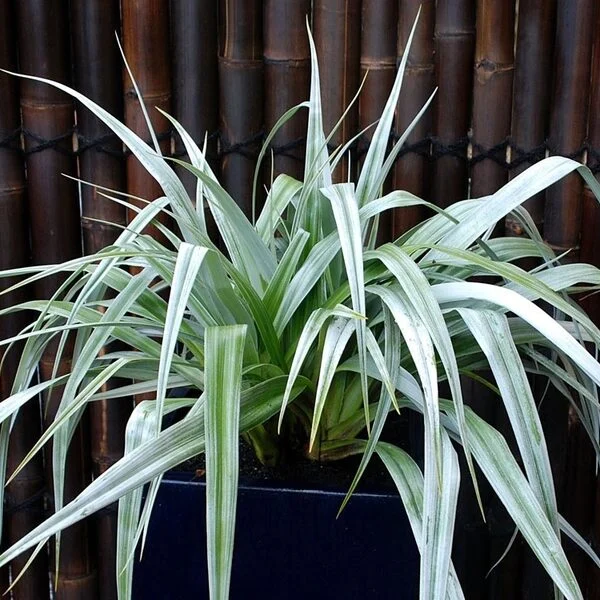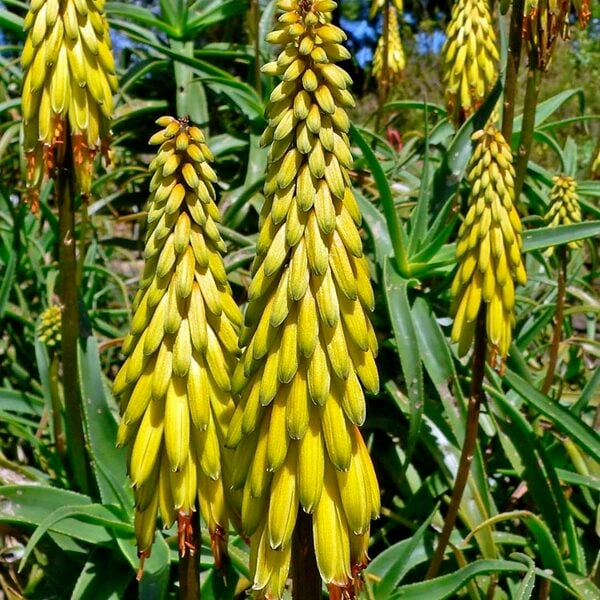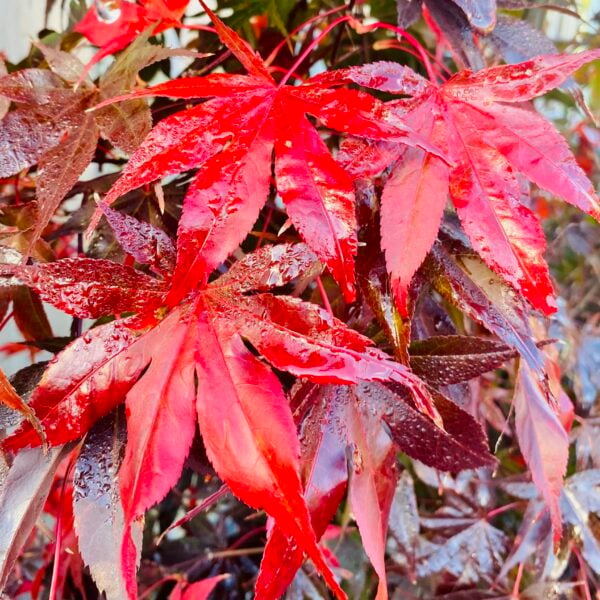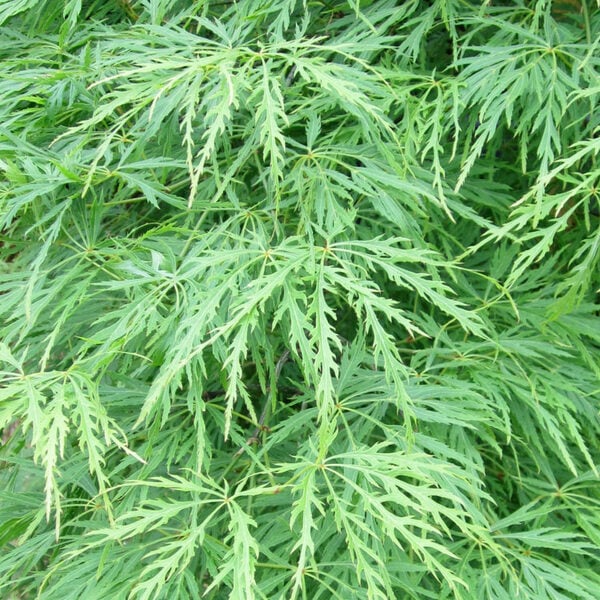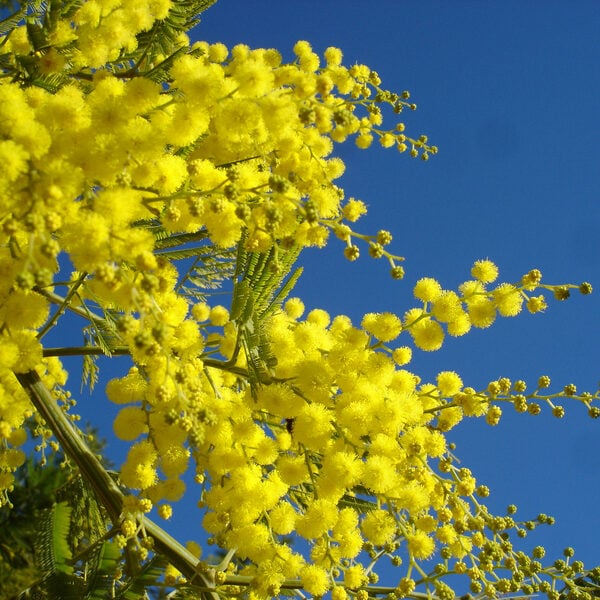Pieris japonica ‘Mountain Fire’
Nice mound of evergreen foliage with dark red new leaves in spring followed by white bell like flowers. 6ft in 10 years. Please contact us for stock availability and sizes.

Hardiness level Green
Rounder than some of the Pieris with dark red new growth in spring.
All the Pierises create a shapely, layered, lumpy-bumpy profile in time. It might take 15 years in some cases but it's definitely worth the wait. Apart from this wonderful shape, you have prolific quantities of white hanging bell shaped flowers, gorgeous new red growth and beautiful stringy bark on older plants. Some of the shapely little Pieris trees found in National Trust gardens planted by Victorians, are worth the entrance fee too.
Many plants from Japan (japonica is the clue) respond to a couple of mild days in February as : "It's spring!". If they were back home in Japan, it would be spring and therefore time to produce their lovely new leaves. Little do they know of the treacherous climate of Perfidious Albion. The problem is as follows : new growth emerges because it's warmed up a bit in March. The wind comes round to the north, we get a severe frost in April and all the lovely new growth goes black overnight. If you're near the coast or in a heavily built up area, the plant will remain unaffected but frosted new growth in cold rural gardens is a fact of life. It's a minor setback but the plant will recover and by June all will be well and the trauma of late frosts, a distant memory.
They like good organic acid soil and a bit of shade and they're slow growing - 5ft after 10 years maybe. If you see Pieris that looks more like a small tree in a National Trust garden, remember it was probably planted in 1860.
We have also started experimenting with Pieris Niwaki on the nursery using very old ones and we've had some beautiful results.
Propagated by cuttings.
N.B. When clipping several plants with the same tool, have a bucket containing a 5% bleach solution and swish your blades around for 30 seconds between plants to sterilise them. This will help avoid the chance of cross contamination of disease.
As with all woody plants, plant high, exposing as much of the taper at the base of the trunk as possible. Allowing soil to accumulate round the base of a tree can be fatal. Keep very well watered when first planted.
Additional Information |
|
|---|---|
| Soil Type | Clay, Dry / Well Drained, Not good on chalk (Ericaceous), Sandy |
| Light | |
| Plant Type | |
| Continent of Origin | |
| Specialist Plants | |
| Features | |
| Tree Size | |
| Situation | Coastal, Mild City Gardens, Plants for Pots, Sheltered Garden |
| Flower Colour | |
| Hardiness | |




